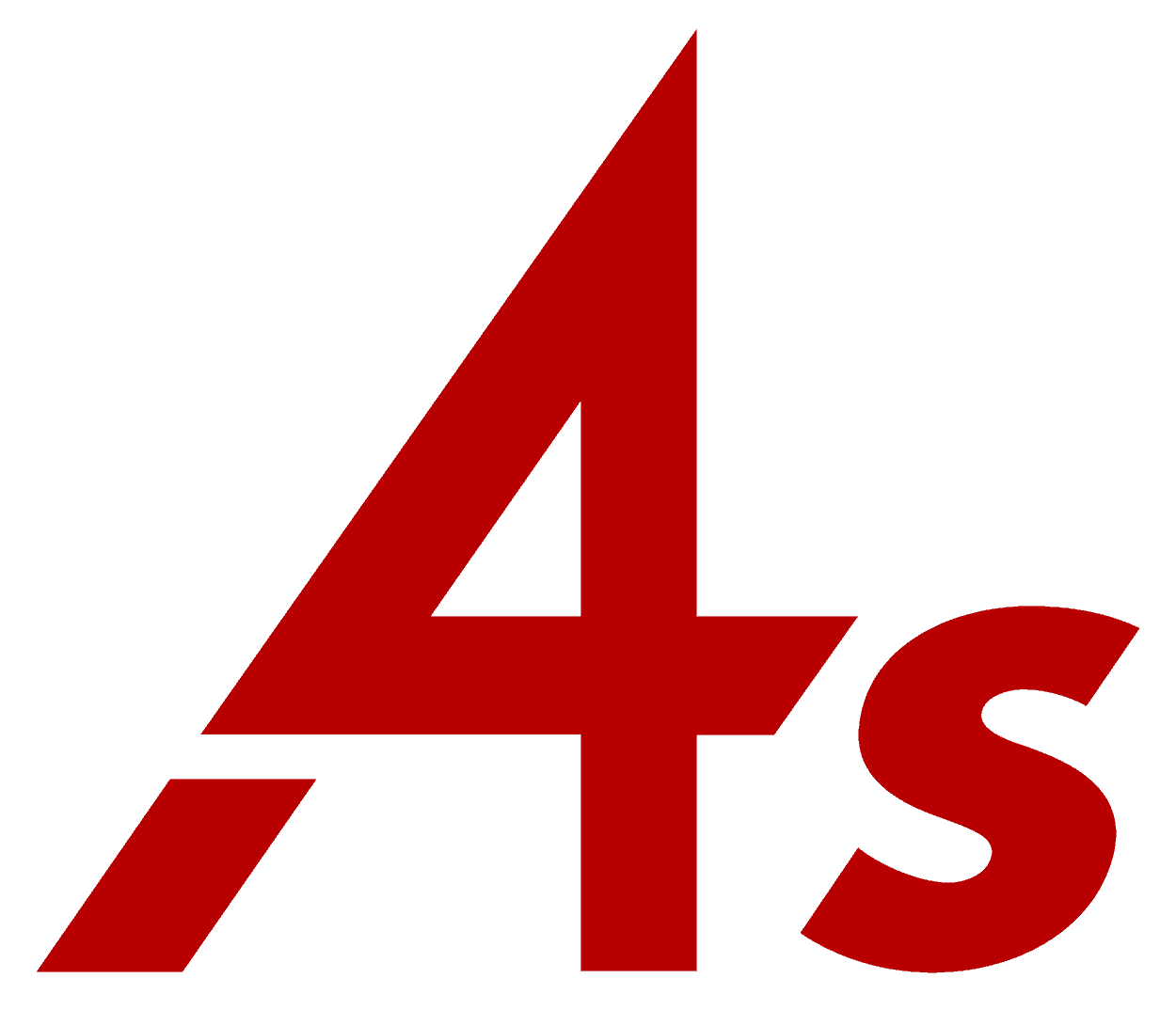Topic
- Government Relations
- Labor
In anticipation of New York State’s pay transparency law taking effect on September 17, 2023, the New York Department of Labor recently issued proposed rules attempting to clarify employers’ wage disclosure obligations. Although the regulations are not final, agencies can utilize these proposed rules to begin compliance preparations.
The law applies to all employers with four or more employees and to postings for jobs that will be physically performed in the state. This seemingly removes the applicability of the statute to fully remote jobs, with one caveat. It covers postings for jobs that will be physically performed outside of New York but will report to a supervisor, office, or other work site in New York, even if those jobs are fully remote. This puts a substantial burden on employers to consider the reporting structure of out-of-state job listings to ensure compliance with the amended law. This also creates a different coverage standard than NYC’s pay transparency law, which applies to positions that can or will be performed, at least in part, in New York City.
Highlights of the new proposed regulations include:
- An “Incidental or infrequent” presence in New York for work, such as an occasional meeting or conference, or communication with New York-based employees, does not trigger a position to be considered at least partly performed in New York.
- The proposed regulations state that advertisements are covered regardless of whether they are posted by the employer directly or through a third party, such as a recruiter or a job listing website. To avoid liability under the law, employers must ensure third parties include the required salary range.
- In scenarios where an ad is “scraped” or automatically aggregated and posted by a third party without the hiring employer’s knowledge or consent, the employer would not be liable if the third-party posting omitted the required pay information. The third party, however, may be directly liable.
- Clarity on guidelines regarding developing salary ranges, particularly in light of wildly broad ranges seen in the past in other jurisdictions:
- A pay range cannot be open-ended, such as “$20 per hour and up” or “up to $50,000 per year.” Rather, it must have both a minimum and a maximum amount or rate.
- If the compensation is fixed, it may be simply stated as “$20 per hour” or “$50,000 per year.”
- A pay range must be specific to a single opportunity and a single geographic location or region. If an advertisement is intended to cover multiple geographic regions or multiple levels of seniority, the posting must list a separate pay range for each individual opportunity.
- Employers cannot conflate other forms of compensation when providing the base pay as required by statute. For roles with tips, bonuses, or other compensation and benefits beyond standard base pay, the employer may indicate that fact but may not factor those other forms of compensation into its calculation of the listed pay range. For example, a role may be listed as “$20 per hour plus tips” or “$20 per hour plus an additional estimated $10 per hour in tips,” but the employer may not aggregate the base pay and predicted tips to list the pay as “$30 per hour including tips.”
- Nothing in the wage disclosure statute requires employers to advertise for vacant positions or to use any specific medium for posting advertisements.
- Employers are not only required to include the salary range but also the job description for the position if a job description exists. Although the proposed regulations do not go so far as to require employers to maintain job descriptions, they state there are “limited circumstance[s]” where employers don’t have to create them.
- A good faith, posted salary range is not set in stone. An employer may ultimately make an offer outside this initial range after collecting additional information through the hiring process. Deliberate attempts to misrepresent the pay range or posting a range that is so broad as to be meaningless would not be considered “good-faith” actions under the law.
A pay transparency fact sheet and FAQ document are available on the NYSDOL website with additional information and guidance on the new law. Proposed regulations for the new law were published in the State Register on September 13, 2023. Public comments on the proposed regulations are due through November 13, 2023, a day after the law’s implementation date.
New York Governor Kathy Hochul signed Senate Bill S9427A into law in December 2022, six months after it was passed by the New York State Legislature. The state law was subsequently amended in March 2023 by S1326 to clarify the application of the law to positions performed outside of New York and relieve certain information retention requirements for employers.
In addition to the statewide law, several New York localities, including Albany County, Ithaca, and New York City, have enacted their own pay transparency requirements. Information on other state and local pay transparency laws can be found here.
Have questions about the New York pay transparency law or its proposed implementing regulations? Please contact Amanda Anderson, 4As VP of Government Relations.




